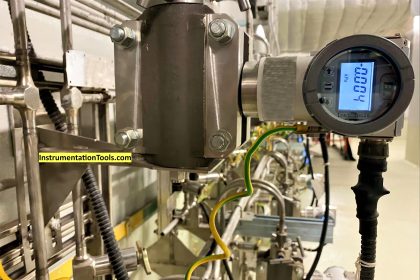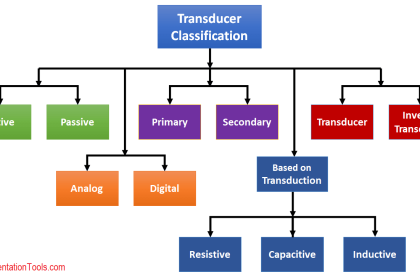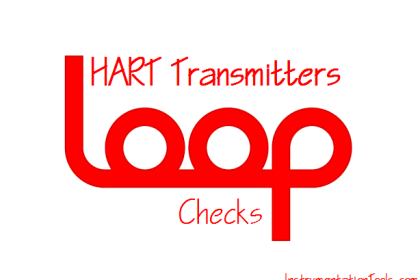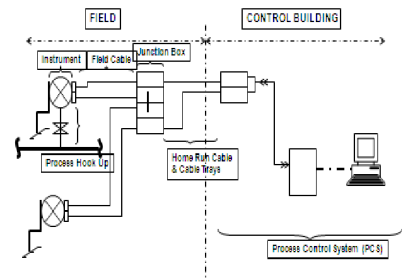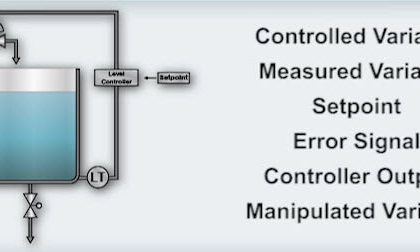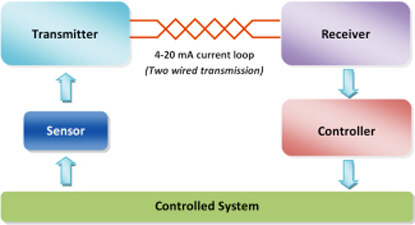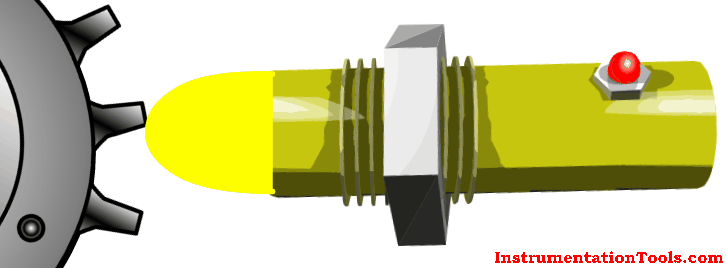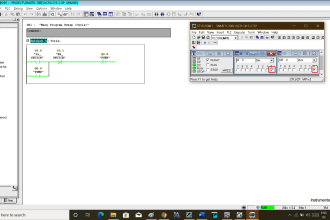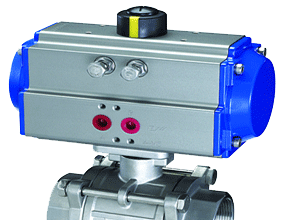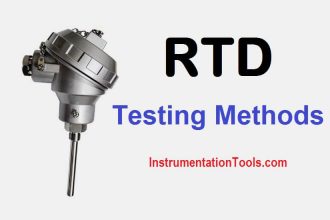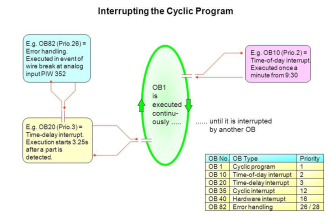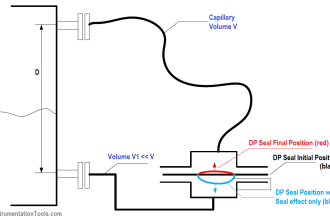This article shares the Common Mistakes in Instrumentation when working with transmitter, valve manifolds, multimeters, fault troubleshooting.
The purpose of every troubleshooting exercise is to foster and assess your ability to intelligently diagnose a complex system. Finding the fault by luck, or by trial-and-error inspection, is no demonstration of skill. Competence is only revealed by your demonstrated ability to logically analyze and isolate the problem, correctly explaining all your steps!
Common Mistakes during Troubleshooting
1. Attempting to visually locate the fault.
2. Neglecting to take measurements with your multimeter.
3. Neglecting to check other measurements in the system (e.g. pressure gauge readings).
4. Incorrectly interpreting the loop diagram (e.g. thinking you’re at the wrong place in the system when taking measurements).
5. Incorrect multimeter usage (e.g. AC rather than DC, wrong range, wrong test lead placement).
Common mistakes in transmitter valve manifold usage:
1. Following a memorized procedure of valve operations without understanding why that procedure should be followed.
2. Not rehearsing the procedure on your own prior to demonstrating it for the instructor/senior.
3. Not paying attention to the direction each bleed port faces (for safety when opening the bleed fittings).
4. Confusion regarding which way to turn the valve handle to open versus closed, especially when viewing the handle from the opposite side.
5. Forgetting to back off any opened valve handle about a quarter-turn, lest it sieze in the full open position and later fool someone into thinking it is tightly shut.
Construction Standards
1. All construction must be safe (i.e. must not pose any unnecessary hazard to technicians or engineers). This includes electrical, chemical, thermal, pressure, and general safety hazards (e.g. trip hazards, cut hazards). Unsafe construction will be dismantled upon discovery.
2. All electrical sources greater than 30 volts must be overcurrent-protected and all related wire connections must be guarded against accidental contact (e.g. use recessed terminals with no exposed metal).
3. Proper use of colors for electrical power source wiring (e.g. red and black for DC + and −, black and white for AC “hot” and “neutral”, green for earth ground).
4. All metallic electrical enclosures must be bonded to earth ground for safety.
5. Proper wire types and attachment to terminals (e.g. appropriate wire gauge for the expected current, use of stranded wire wherever possible, correct terminals crimped to ends of wires, no stray wire strands at any point).
6. Attached wires must withstand being lightly pulled with fingers.
7. Wire insulation must be intact (i.e. no bare wires anywhere).
8. Panel wiring must be neat in appearance (e.g. all cables run directly from terminal block to nearest wire duct, with all excess wire length tucked inside wire duct).
9. Wiring outside of panels should be run through conduit wherever possible.
10. Correct tools must be used at all times. This includes the use of fixed-size wrenches rather than adjustable wrenches whenever possible, box-end over open-end wrenches whenever possible, and the correct type and size of screwdriver used to turn screw heads.
11. All electrical components must be located to avoid exposure to liquids.
12. All tube and pipe connections must be properly made (e.g. correct “swaging” of tube ends, no over- or under-tightened fittings, Teflon tape or pipe sealant used on all NPT threads).
13. All manual controls (e.g. buttons, handles, knobs) must be accessible and function without undue effort.
Documentation Standards
1. Loop diagrams must be drawn in accordance with ISA standard 5.1.
2. Each instrument must have an appropriate ISA-standard tag name, and this tag name must be visible on the actual instrument (e.g. written on masking tape and attached to the instrument).
3. Each signal cable and each signal tube must have an identifying label documented and attached. Long cables must be labeled at each end, as close to the termination points as practical.
4. Each team must have its own unique loop number.
5. Each instrument’s (final) calibrated range must be shown.
6. Each control valve’s fail mode (e.g. fail-open, fail-closed) or action must be shown.
7. All writing must be legible (i.e. easy for anyone to read). Hint: large-format paper helps!
8. All instrument symbols must be appropriate to the device, function, and location.
9. Instrument functions shared within a common device must be represented by the “shared” symbol on the diagram (e.g. a controller that is part of a multi-loop control system such as a DCS). Shared controllers must have their identifying loop noted on the diagram (e.g. DCS South Loop #23).
10. Any controller I/O cards must be labeled with slot number and channel number in addition to terminal numbers.
11. Each location (e.g. field, junction box, control room) must be clearly delineated with vertical seperation lines on the diagram.
12. Each diagram must be sufficiently detailed so that no other engineer will have difficulty locating components (e.g. “Where is the controller for this loop?”) or determining important configuration parameters (e.g. range settings).
Common Mistakes in Instrumentation
1. Incorrect tag name format, using letters that do not conform to the ISA 5.1 standard (e.g. including “PLC” or “DCS” in a controller’s tag name).
2. Forgetting that every instrument’s tag name in a loop must begin with the same letter, and that this first letter represents the process variable being measured/controlled.
3. Forgetting to label all field instruments with their own tag names (e.g. LT-83).
4. Failing to label termination points (e.g. terminal block screws) exactly as they are labeled in real life.
5. Poor use of space on the diagram paper, causing some portions of the diagram to become “crowded” rather than all components being evenly spaced. Hint: begin your diagram by sketching the field instrument at the far left of the paper and the control room instrument at the far right of the paper, then draw all other instruments and connections in between!
6. Forgetting to label all signal wires (see example loop diagrams).
7. Forgetting to note all wire colors.
8. Forgetting to use loop diagram!
9. Leaving junction box cables outside of wire duct, looking messy.
10. Leaving wire duct covers off.
11. Basing your diagram off of a team-mate’s diagram, rather than closely inspecting the system for yourself.
12. Not placing loop sheet instruments in the correct orientation (field instruments on the left, control room instruments on the right).
Interest to add any other points? Share with us through below comments section.
Read Next:
- Instrumentation Guide
- Will PLC systems Obsolete?
- Top Instrument MCQ
- Top Control Valve MCQ
- Intrinsic Safe Calculation
Credits: Tony R. Kuphaldt


